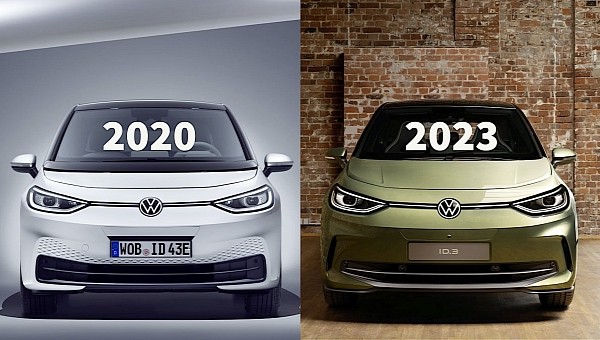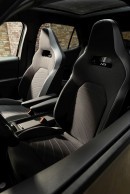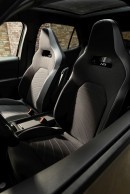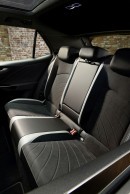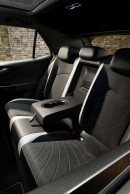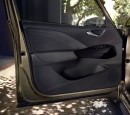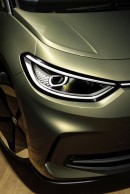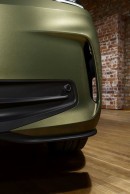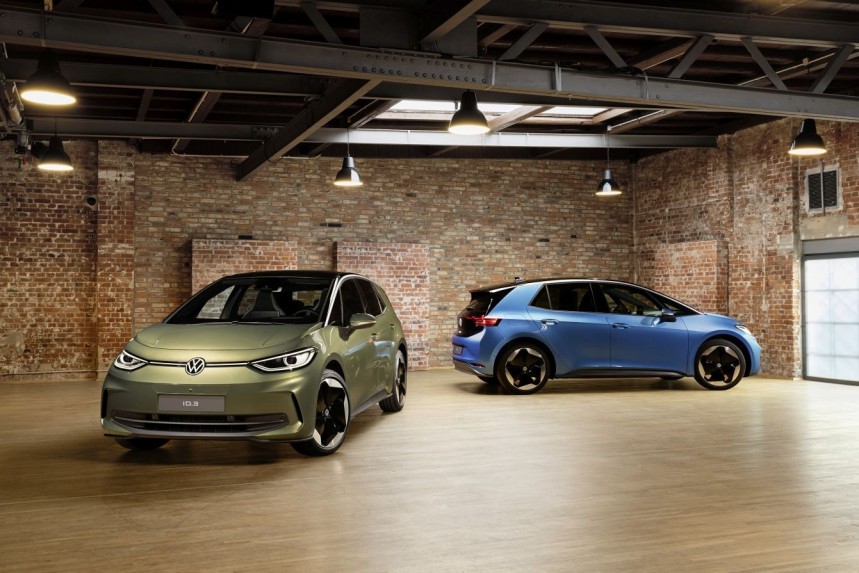Quite an interesting day today (March 1, 2023) for German carmaker Volkswagen, as it pulled the wraps off a sort of facelift for the first-ever electric vehicle built on the modular electric drive (MEB) platform, the ID.3. That’s right, enough time has passed since the Tesla Model 3 competitor first hit the roads for it to be worthy of a new variant.
The German carmaker first presented the ID.3 in 2019, when it unleashed it as the spearhead of the ID. family of electric vehicles. Sales started the following year, and since then, the breed has grown to include no less than six different models, which combined sold over 600,000 units.
A large portion of that number is, of course, owed to the ID.3, and as the oldest VW EV on the market, it’s only natural for it to get the first upgrade. It did so this week, when the 2023 iteration was presented.
Because this is such an important moment for the Wolfsburg-based company, we thought to give you a visual comparison between the now-old ID.3 and the new one. A bit of warning, though, if you were expecting significant changes in design, forget it. There are differences, of course, but they are so minor they can be easily overlooked.
We’ll start up front, where novelties, although minor, are the most numerous. Although it may not show it from afar, the new ID.3 sets itself apart from the previous iteration through a somewhat milder design, most noticeable thanks to the (slightly) redesigned front fender.
Another major change can be seen further up, where the instantly recognizable black strip fitted until now beneath the windshield and above the hood is gone. This approach makes the different elements of the car look better tied together and gives the impression the hood is now longer. That feeling is further enhanced by the recessed sections at the sides of the big chunk of metal.
The rest of the front end is basically the same as before, with the grille-less nose holding to each side the squinting headlights and the big white-on-black Volkswagen logo in the middle.
At the back, the differences are even more undistinguishable, with just minor modifications performed on the two-part tail lights.
For the new iteration of the ID.3, Volkswagen will offer a choice of new colors of which only one, the Dark Olivine Green, displayed on the presentation model (check the attached gallery), was made public so far.
It’s hard to notice any differences in terms of design at the interior as well. Sure, some materials are new (and, above all, sustainable and animal-free), but you basically get the same layout as before, with the 5.3-inch driver display behind the multifunctional steering wheel (same shape for that one) and a 12-inch center display to handle navigation, media, calls, and vehicle settings.
There are absolutely no changes when it comes to battery and electric motor options, and Volkswagen does not say when sales of the refreshed ID.3 will begin. Production will start this fall and will expand from the current assembly sites in Zwickau and Dresden to Volkswagen’s main facility in Wolfsburg.
A large portion of that number is, of course, owed to the ID.3, and as the oldest VW EV on the market, it’s only natural for it to get the first upgrade. It did so this week, when the 2023 iteration was presented.
Because this is such an important moment for the Wolfsburg-based company, we thought to give you a visual comparison between the now-old ID.3 and the new one. A bit of warning, though, if you were expecting significant changes in design, forget it. There are differences, of course, but they are so minor they can be easily overlooked.
We’ll start up front, where novelties, although minor, are the most numerous. Although it may not show it from afar, the new ID.3 sets itself apart from the previous iteration through a somewhat milder design, most noticeable thanks to the (slightly) redesigned front fender.
Another major change can be seen further up, where the instantly recognizable black strip fitted until now beneath the windshield and above the hood is gone. This approach makes the different elements of the car look better tied together and gives the impression the hood is now longer. That feeling is further enhanced by the recessed sections at the sides of the big chunk of metal.
At the back, the differences are even more undistinguishable, with just minor modifications performed on the two-part tail lights.
For the new iteration of the ID.3, Volkswagen will offer a choice of new colors of which only one, the Dark Olivine Green, displayed on the presentation model (check the attached gallery), was made public so far.
It’s hard to notice any differences in terms of design at the interior as well. Sure, some materials are new (and, above all, sustainable and animal-free), but you basically get the same layout as before, with the 5.3-inch driver display behind the multifunctional steering wheel (same shape for that one) and a 12-inch center display to handle navigation, media, calls, and vehicle settings.
There are absolutely no changes when it comes to battery and electric motor options, and Volkswagen does not say when sales of the refreshed ID.3 will begin. Production will start this fall and will expand from the current assembly sites in Zwickau and Dresden to Volkswagen’s main facility in Wolfsburg.
